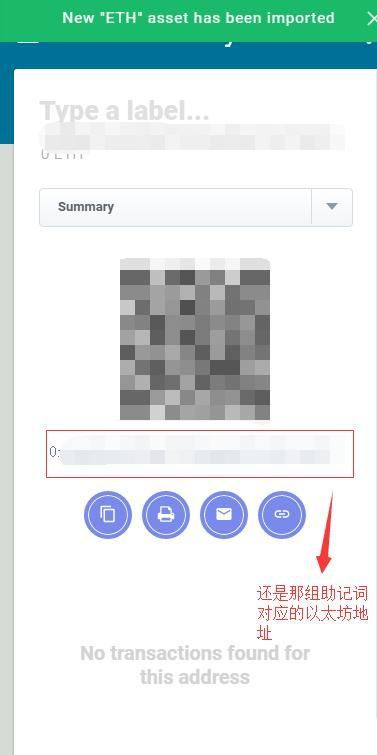来源:小编 更新:2024-11-21 12:58:50
用手机看

Bitcoin wallets are essential tools for anyone looking to engage with the cryptocurrency ecosystem. They serve as the gateway to managing and storing Bitcoin, the world's first decentralized digital currency. In this article, we will delve into the basics of Bitcoin wallets, their importance, and how they function within the broader context of the blockchain technology.

A Bitcoin wallet is a digital interface that allows users to send, receive, and store Bitcoin. It is akin to a physical wallet that holds cash, but instead of paper money, it holds digital currency. Each wallet is associated with a unique address, which is a string of characters that serves as the identifier for the wallet. This address is used to send and receive Bitcoin transactions.

There are several types of Bitcoin wallets, each with its own set of features and security levels. Here are some of the most common types:
Mobile Wallets: These are applications installed on smartphones that allow users to manage their Bitcoin on the go.
Desktop Wallets: Software installed on a computer that provides a more robust and customizable experience.
Web Wallets: Online services that allow users to access their Bitcoin from any internet-connected device.
Paper Wallets: A piece of paper that contains the private and public keys for a Bitcoin wallet. They are offline and therefore less susceptible to hacking.

Creating a Bitcoin wallet is a straightforward process. Here's a general guide on how to create a wallet:
Choose a wallet type: Decide which type of wallet suits your needs and preferences.
Download and install the wallet software: For desktop or mobile wallets, download the software from a reputable source.
Generate a new wallet: Follow the instructions provided by the wallet software to create a new wallet.
Backup your wallet: It's crucial to backup your wallet to prevent loss of funds. This can be done by writing down the private key or using a backup feature provided by the wallet.
Secure your wallet: Set up a strong password and enable two-factor authentication for added security.

Once you have a Bitcoin wallet, you can start using it to manage your Bitcoin. Here are some common actions you can perform:
Send Bitcoin: Use the wallet to send Bitcoin to another wallet address. Ensure you have enough Bitcoin in your wallet to cover the transaction fee.
Receive Bitcoin: Share your wallet address with others who want to send you Bitcoin.
Check transaction history: Most wallets provide a transaction history feature that allows you to view all the transactions associated with your wallet.
Monitor your balance: Regularly check your wallet balance to ensure it matches the amount of Bitcoin you expect to have.

Security is paramount when dealing with Bitcoin wallets. Here are some tips to keep your wallet safe:
Use strong passwords: Create a unique, complex password for your wallet.
Enable two-factor authentication: This adds an extra layer of security to your wallet.
Keep your wallet software updated: Regular updates can patch security vulnerabilities.
Be cautious of phishing attacks: Never click on suspicious links or provide your private key to anyone.

Bitcoin wallets are essential for anyone looking to participate in the cryptocurrency market. By understanding the different types of wallets, how to create and use them, and the importance of security, users can effectively manage their Bitcoin and other cryptocurrencies. As the digital currency landscape continues to evolve, having a reliable and secure Bitcoin wallet is more important than ever.
